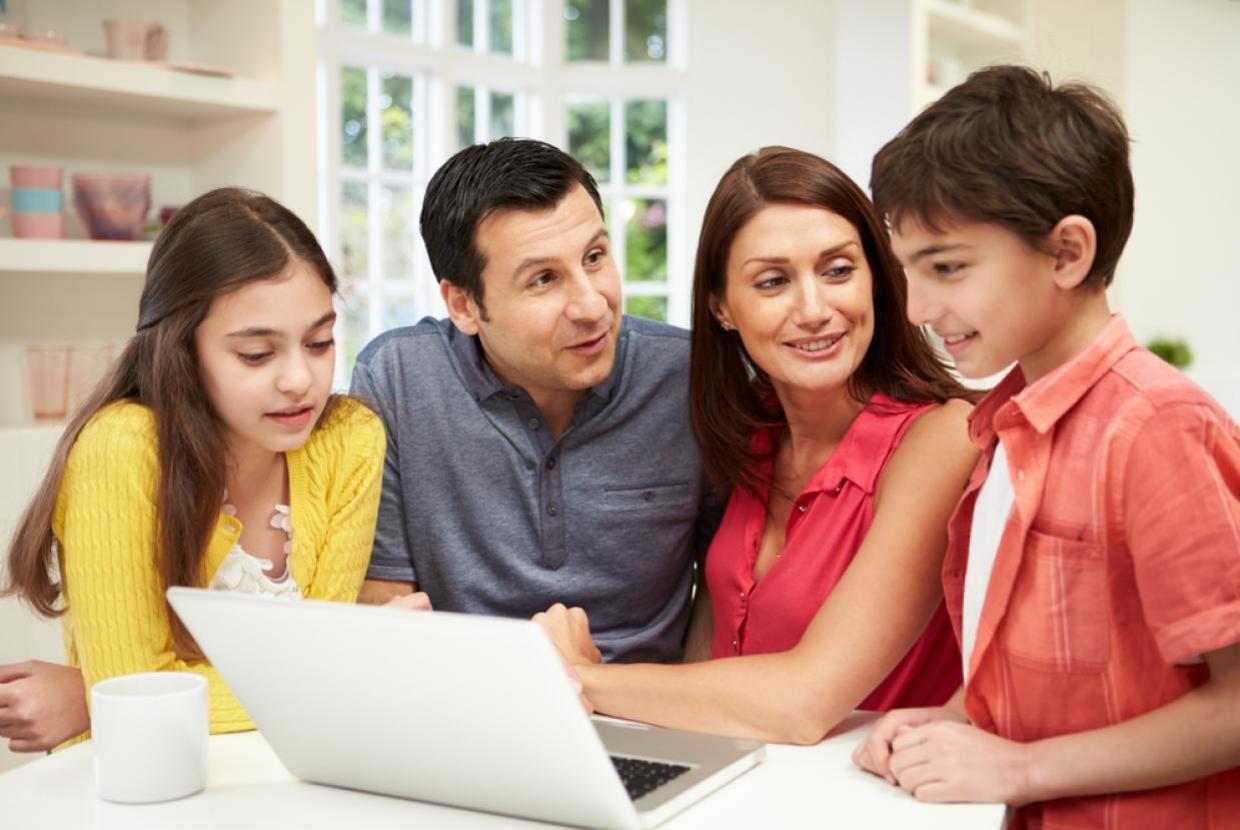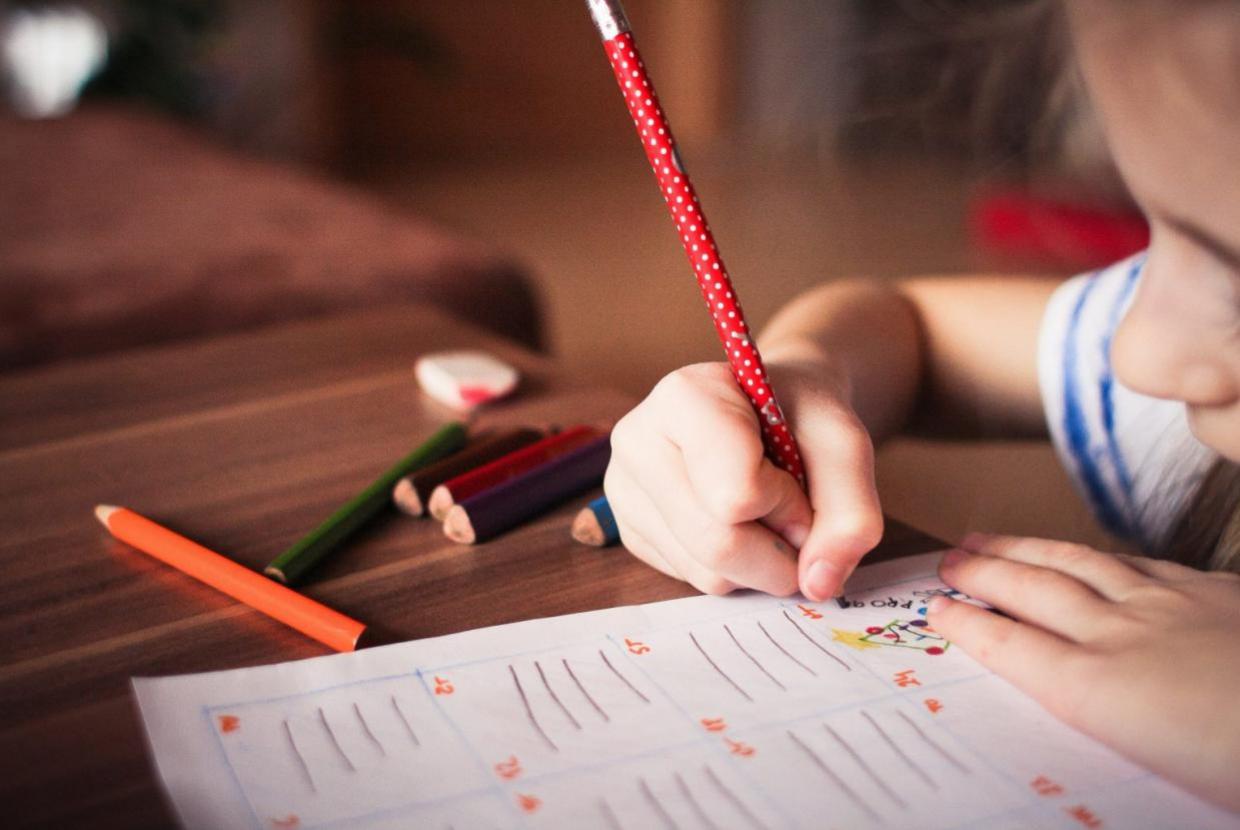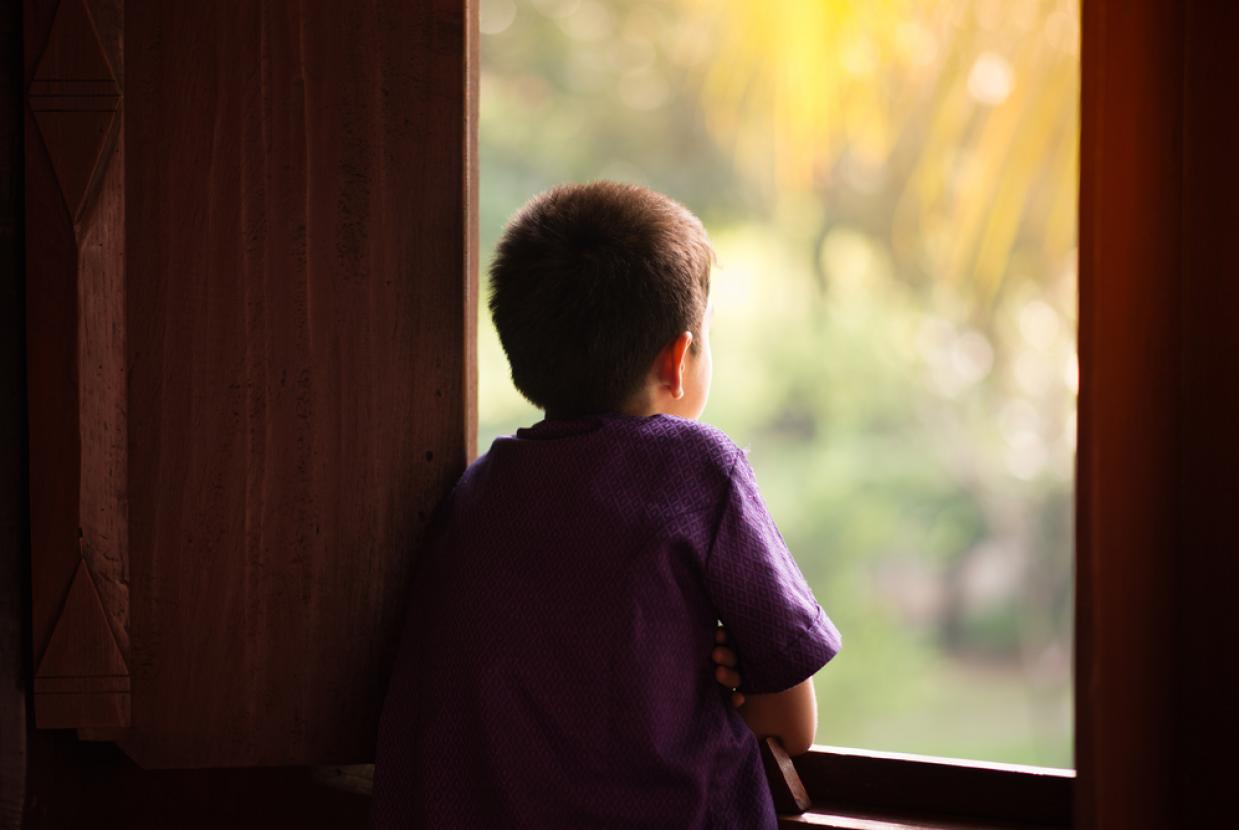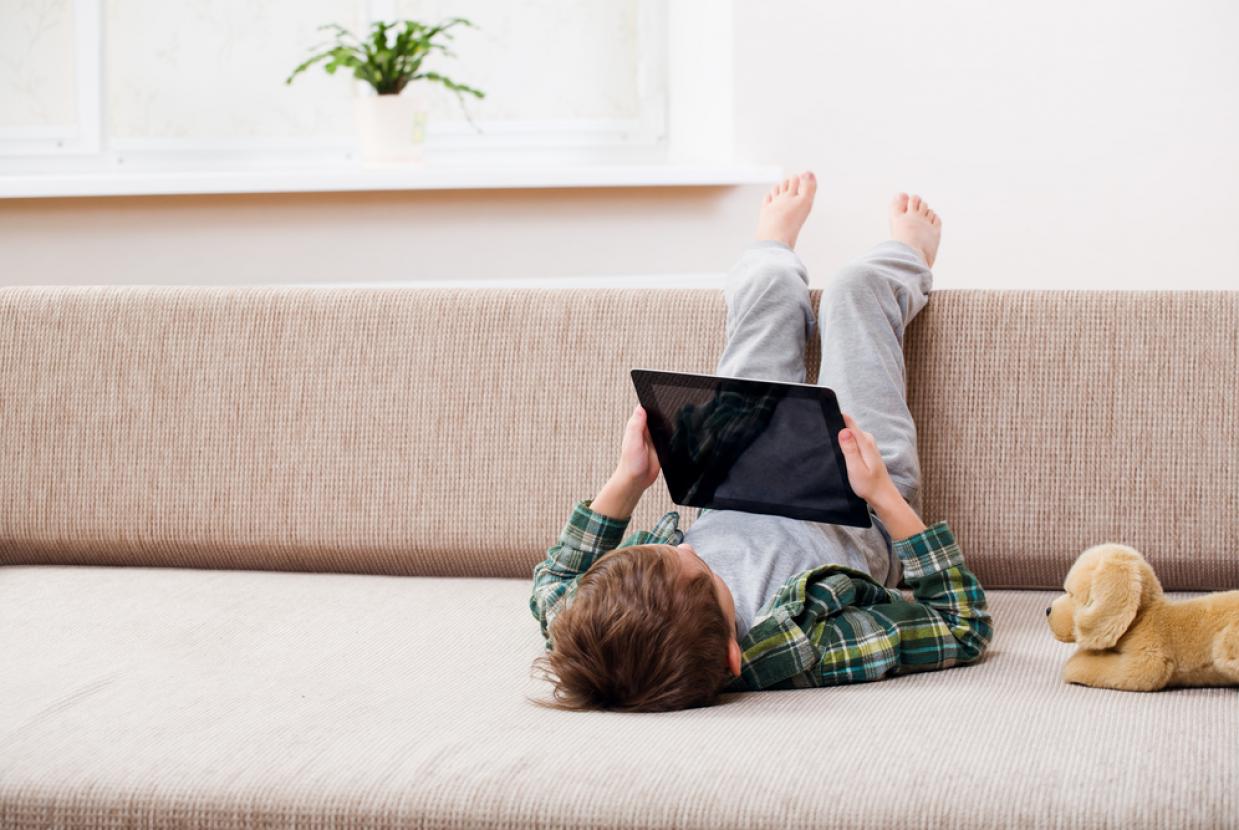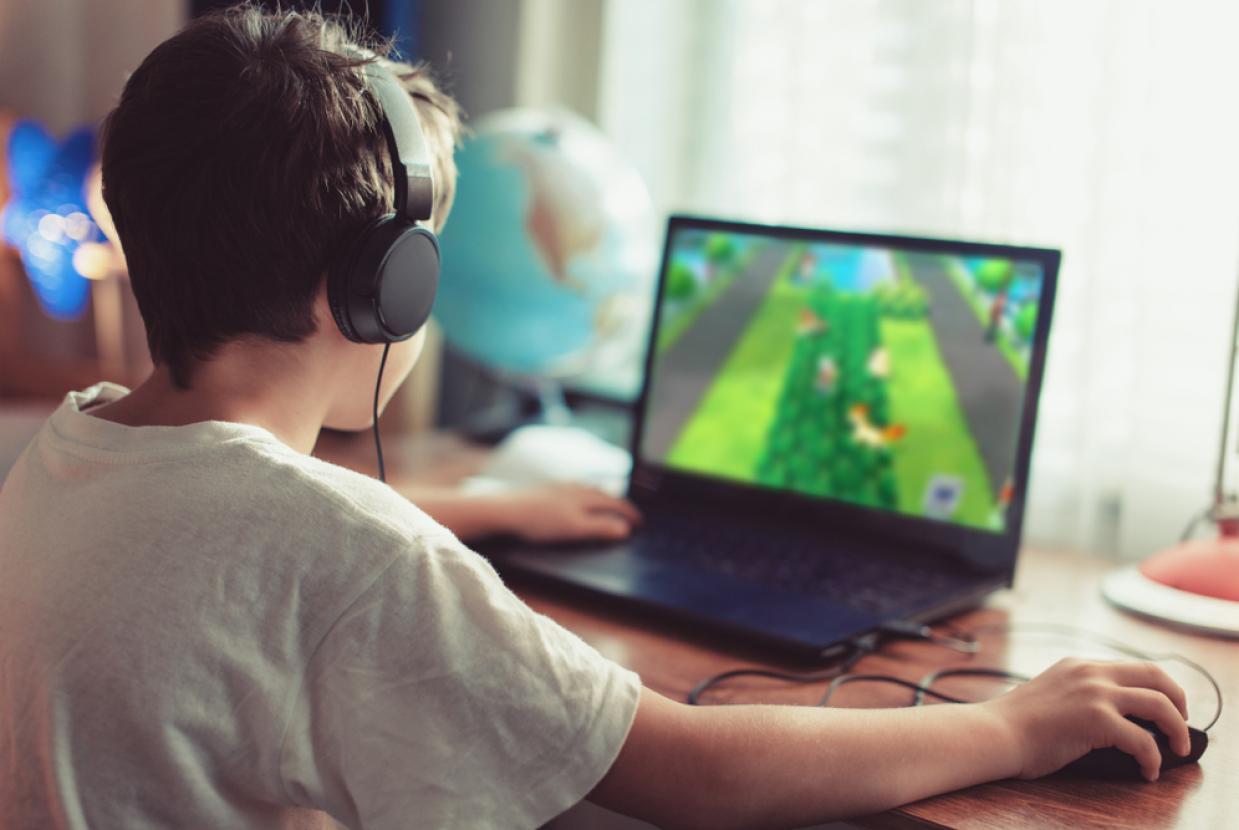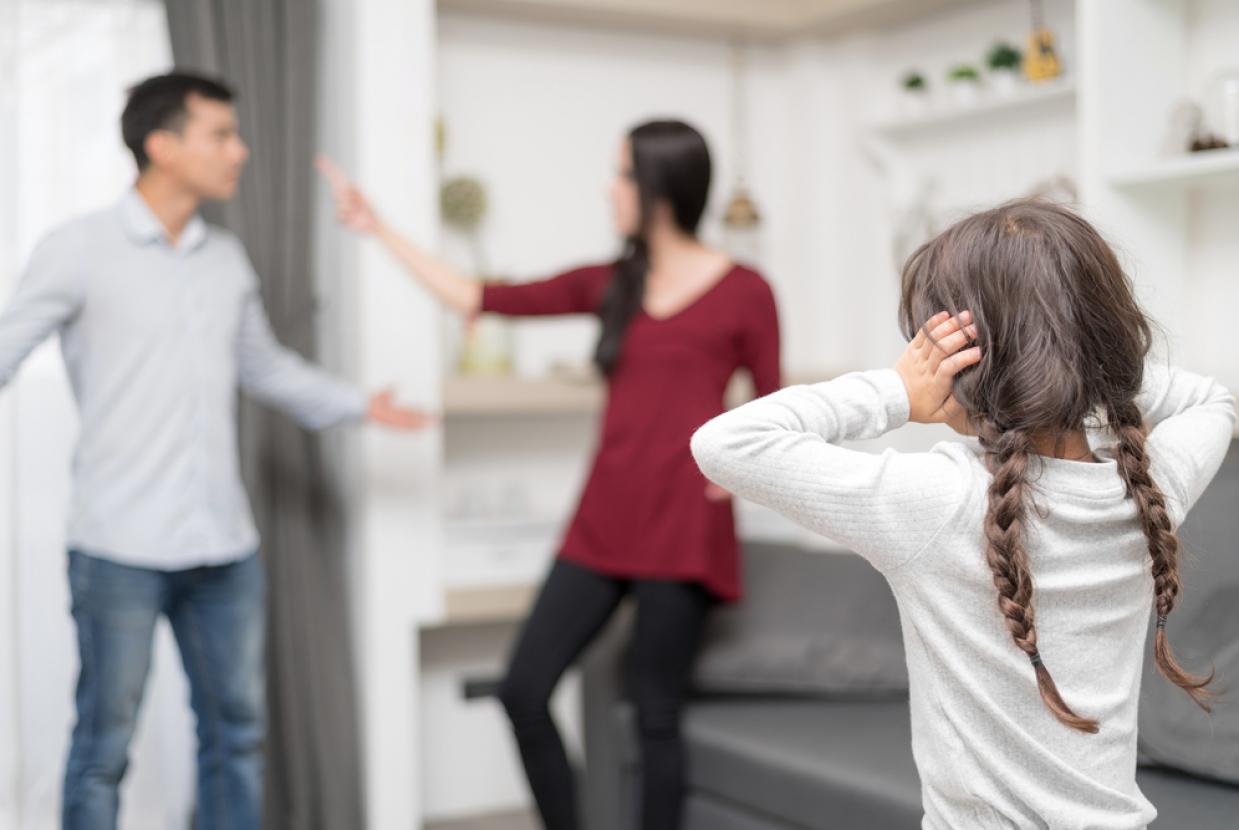Digital technology and home-schooling during COVID-19
COVID-19 and Family HealthWith a return to homeschooling we revisit our blog article Digital Technology and Home-schooling during COVID-19. By Claire Dorris, National Children’s Bureau and Maurice Meehan, PHA.
No-one could have predicted just how valuable technology would be in supporting home-schooling during lockdown, nor how quickly schools would need to adapt their practice. Schools have been using digital technology to set and review independent learning, to share resources and activities, and to maintain ‘face-to-face’ contact through video calls and live teaching sessions.
However, this reliance on technology has also raised concerns. Not everyone has adequate access to digital devices or high speed internet connection, and many children (and parents) lack the skills needed to fully engage with online activities. Research suggests this disproportionately affects already disadvantaged families, leading to fears that disadvantaged pupils may fall further behind, while a local survey by CREU found that parents’ own level of education affects the support they can give their child in home-schooling.Other parenting pressures compound the difficulties, with some trying to balance working from home with home-schooling, and others out at work during the day. There are also significant differences between schools in their approach and availability of digital resources. So how can parents navigate the home-schooling journey while also balancing everyday life?
Top five tips for parents
1. Stay in touch with your child’s school. If you need help to access resources, or you don’t have a suitable device at home for your child to work on, let the school know so they can consider the options to support you. Keep an eye on the school website, Twitter or Facebook for advice on different ways to use technology, and for useful resources shared. There is a lot of free support online, with many previously subscription-based websites allowing free access during school closure.
2. Find a routine that works for you and your child, and don’t worry about trying to stick to formal class times. You may be trying to share one digital device between several children, or working on your laptop by day and handing it over for schoolwork after you’re done. Teachers understand, so keep them informed, do what you can, and remember that every little bit helps. If possible, take time to check in with your child at the end of the day, see how they are getting on and discuss any concerns.
3. Mix up the activities your child does online – from maths, literacy and science, to exercise, art and music; these would all be part of the school day. Department of Education guidance recommends that e-learning tasks should last for 10–30 minutes for primary pupils, and 30–45 minutes for post-primary pupils. Balance screen time with non-screen time, and look for the learning in everyday activities. For younger children, take a walk and chat about trees (The World Around Us, physical exercise), play a board game or bake (maths and literacy skills, problem solving), do puzzles and colour in (hand-eye coordination, fine motor skills). For older children, ask them to research your dream holiday (geography, maths, languages) or prepare the shopping list (problem solving, planning).
4. Remember online safety and wellbeing. Point your child to age-appropriate online resources that will remind them of how to keep themselves safe online, make sure they know they can talk to you about anything that concerns them, and make use of internet filters and other available safeguarding tools. Also follow advice to stop using digital devices an hour before bedtime.
5. Give yourselves a break! Health and wellbeing are as important as maths and reading. You are doing your best, and you don’t need to replicate the school day, just do what you can. And while it is understandable that you might have concerns about your child spending too much time on digital devices, remember these are exceptional times, and the device is just the means by which your child is currently engaging, learning and playing.
Useful resources
There are lots of helpful resources; we’ve pulled together a selection of these to get you started.
The Education Authority has published useful information, including about access to WiFi and digital devices at https://www.eani.org.uk/supporting-learning
Literacy resources
Jollyphonics, Oxford Owl, Audible, NI Libraries
STEM resources
Top Marks, The Maths Factor, STEM Learning, CorbettMaths
General learning and resources
BBC Bitesize, BBC Supermovers, CCEA Home learning resources (all ages)
Further reading
The Sutton Trust (April 2020): COVID-19 and Social Mobility Impact Brief #1: School Shutdown
Thank you to Jennifer Fulton, Carr’s Glen Primary School, Belfast, and Hazel Ritchie, Linn Primary School, Larne, both teachers and school ICT Coordinators who shared their experiences and resources to inform this article.








